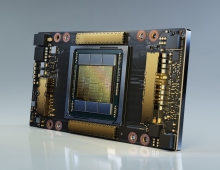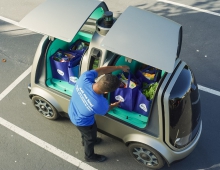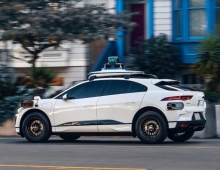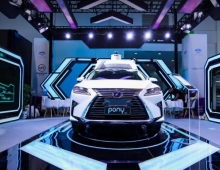
Daimler, Bosch to Use NVIDIA DRIVE for Robotaxi Fleets
Daimler, Bosch and NVIDIA have joined forces to bring fully automated and driverless vehicles to city streets, and will use NVIDIA' platform.
Driverless cars are vehicles rich with sensors, powered by an extremely energy efficient supercomputer, and running AI software that acts as a virtual driver.
And NVIDIA DRIVE, our AV computing platform, promises to help car makers stitch all the breakthroughs of our time - deep learning, sensor fusion, image recognition, cloud computing and more - into this fabric.
In the collaboration with Daimler and Bosch, NVIDIA brings expertise in AI and self-driving platforms. Bosch, the world's largest tier 1 automotive supplier, brings its hardware and system expertise. Mercedes-Benz parent Daimler brings total vehicle expertise and a global brand that's synonymous with safety and quality.
A fully automated vehicle or robotaxi with a suite of sensors wrapped around the car features a high resolution camera, lidar, and radar that are configured to sense objects from afar, combined with diverse sensors that are specialized for seeing color, measuring distance, and detecting motion across a wide range of conditions. Together these systems provide levels of diversity to increase safety and redundancy to provide backup in case of failure. However, this vast quantity of information needs to be deciphered, processed, and put to work by multiple layers of neural networks almost instantaneously.
NVIDIA DRIVE Pegasus is the AI supercomputer designed for autonomous vehicles, delivering 320 TOPS (trillions of operations per second) to handle these diverse and redundant algorithms. At just the size of a license plate, it has the performance equivalent to six synchronized deskside workstations.
This is one of the most energy efficient supercomputer ever created - performing one trillion operations per watt.
Pegasus uses two NVIDIA Xavier SoCs and two of our next-generation GPUs designed for AI and vision processing. This co-designed hardware and software platform is created to achieve ASIL-D ISO 26262, the industry's highest level of automotive functional safety.





















